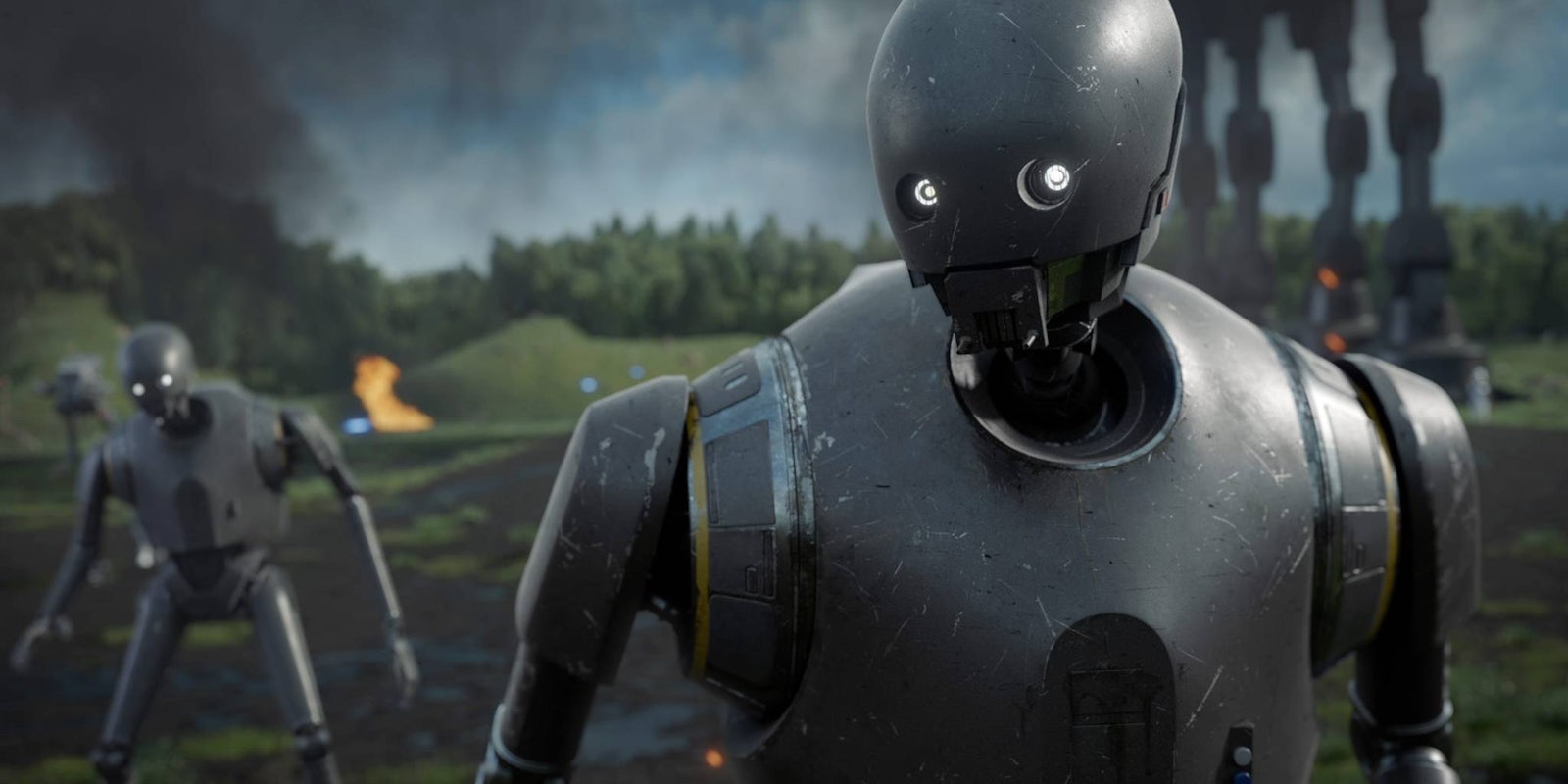Best Visual Effects is one of the more obscure Oscar categories, and this year we’re blessed with a surprisingly varied list of nominees. They run the gamut from The Jungle Book‘s computer-generated landscapes to the stop-motion puppetry of Kubo and the Two Strings, proving that people really should stop panicking about CGI somehow dulling the artistic rage of Hollywood cinema.
Deepwater Horizon
Based on the true story of the 2010 Deepwater Horizon explosion and oil spill, Deepwater Horizon‘s big VFX setpiece was an extended explosion sequence on an oil rig. For this, Industrial Light & Magic created an 85% scale replica of the rig in an abandoned amusement park, so the VFX team could combine practical and computer-generated effects.
https://www.youtube.com/watch?v=Fi4dVN4DgUA
This is the kind of movie that really has to campaign hard during Oscar season, because it’s not something we’d typically think of as an “effects movie” like Star Wars or Warcraft. Hence why VFX supervisor Craig Hammack has been giving extensive interviews explaining all the work that went into creating the realistic chaos of Deepwater Horizon.
Doctor Strange
Visual effects were one of the main highlights of Doctor Strange, inspired by the trippy comics by artist Steve Ditko. One memorable scene saw the streets of New York twist up into Escher-like fractals, illustrated in this VFX breakdown from (again) Industrial Light & Magic.
The Jungle Book
The Jungle Book is another film where VFX are in the foreground, since virtually everything you see onscreen is computer animated. The most interesting way to view this is through the eyes of the film’s young star, Neel Sethi, who performed his role in front of blank blue screens with minimal props—and occasionally some invisible helpers in blue morphsuits.
Like Avatar, The Jungle Book used a combination of live-action, motion capture work, and entirely computer-generated animation to create a fantasy world that’s impressively free from Uncanny Valley weirdness. Widely praised for its visual effects, it’s surely a frontrunner for the Oscar.
Kubo and the Two Strings
Nominated for Best Animated Film this year, Kubo and the Two Strings is (somewhat surprisingly) only the second animated feature to be nominated for VFX as well. If you saw it in theaters, you’ll understand why. Its gorgeous 3D animation is so immersive that it’s easy to forget how much work went into it, which is why the cinematic release included a mid-credits glimpse at what went on behind the scenes. This featurette shows the complexity and inventiveness of the puppets and scenery for Kubo‘s incredible stop-motion animation.
https://www.youtube.com/watch?v=RGX_q_2Mo98
Rogue One: A Star Wars Story
Everyone argues about the CGI-resurrected human characters in Rogue One, running the risk of overshadowing its other VFX achievements. Like The Force Awakens, it used a lot of practical effects during its crowd scenes and action sequences, blended with stunningly realistic CGI to create setpieces like the Holy City of Jedha—and, of course, the space battle during the final scenes of the movie.
Rogue One‘s VFX supervisor, John Knoll, is actually the person who pitched the initial story idea to Lucasfilm, earning his first story credit after decades on the Star Wars franchise.
Also, let’s not forget that one of Rogue One‘s main characters was the product of seamless motion-capture effects: K-2SO, played by sci-fi stalwart Alan Tudyk.
